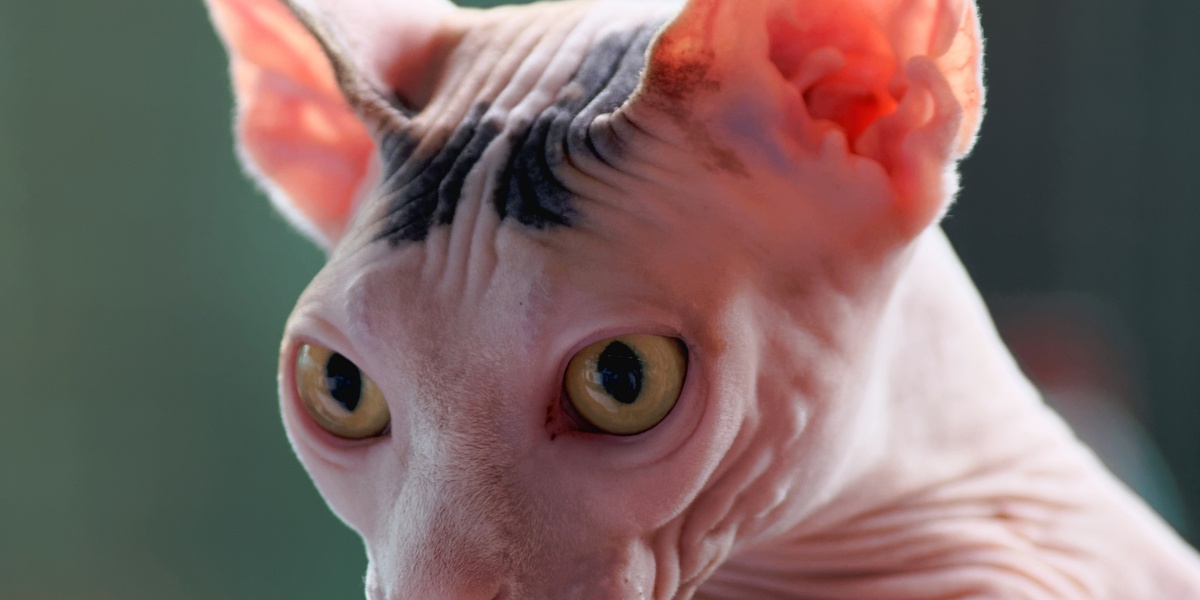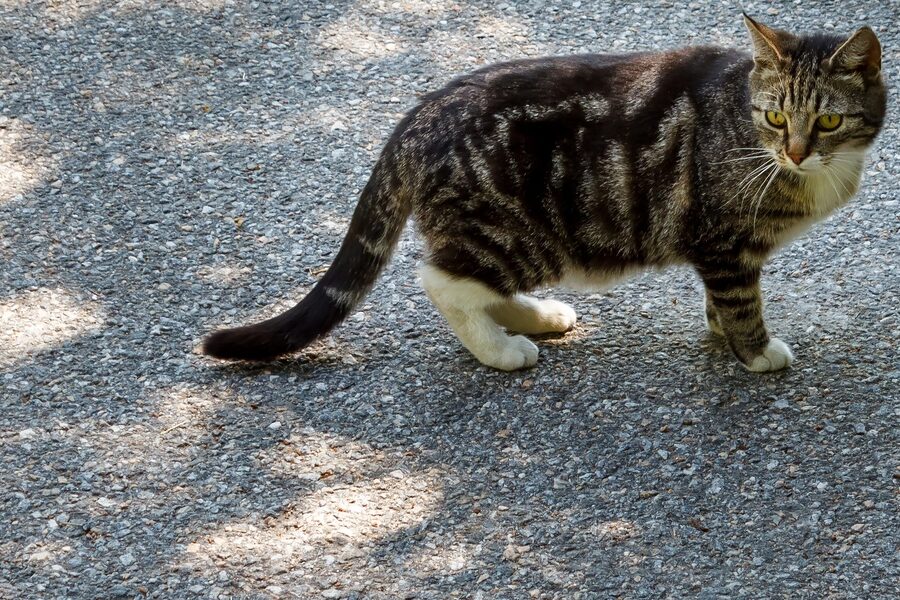From city apartments to rural farms, cats have been bred and bonded with people around the world, giving rise to a surprising variety of appearances and temperaments. Whether you’re curating a household companion or just curious about feline diversity, a clear, compact guide makes comparing breeds easier.
There are 37 unique cat breeds, ranging from the Abyssinian to the Turkish Van. For each entry you’ll find below the Scientific name,Origin,Unique trait(s) so you can quickly scan origins, taxonomy and standout characteristics before diving deeper into any breed you like — you’ll find below the full list and details.
How do I choose a unique cat breed that fits my home and routine?
Consider activity level, grooming needs and social temperament: active households often suit playful, interactive breeds, while low-energy or allergy-sensitive homes may prefer short-haired or quieter types. Meet the cat or ask breeders/rescues about behavior and health history, and prioritize matching daily care and space over looks.
Will rarer cat breeds cost more or need special care?
Rarity can raise adoption or purchase costs and sometimes means more limited breeder pools, but daily care is similar to common breeds aside from specific needs (long coats, exercise, genetic screening). Factor in vet checks, potential genetic tests, and grooming when comparing long-term expenses.
Unique Cat Breeds
| Name | Scientific name | Origin | Unique trait(s) |
|---|---|---|---|
| Sphynx | Felis catus | Canada (1960s) | Hairless, prominent skin wrinkles, large ears |
| Peterbald | Felis catus | Russia (1990s) | Hairless to velour coats, elegant svelte body |
| Donskoy | Felis catus | Russia | Hairless from a different gene than Sphynx, wrinkled skin |
| Lykoi | Felis catus | United States (natural mutation) | Partially hairless, “werewolf” sparse coat, roaning effect |
| Cornish Rex | Felis catus | England | Soft, exceptionally curly short coat, slender body |
| Devon Rex | Felis catus | England | Curly coat with loose curls, large ears, pixie face |
| Selkirk Rex | Felis catus | United States | Thick, plush curly coat on long or short hair |
| LaPerm | Felis catus | United States | Loose, ringlet-like curls, variety of coat lengths |
| Scottish Fold | Felis catus | Scotland | Folded forward ears, rounded skull, sweet expression |
| American Curl | Felis catus | United States | Ears curl backward gracefully, all coat types |
| Munchkin | Felis catus | United States | Short-legged phenotype from genetic chondrodysplasia |
| Manx | Felis catus | Isle of Man | Natural taillessness or short tail, rounded rump (“rumpy”) |
| Japanese Bobtail | Felis catus | Japan | Short, pom-pom tail, often high energy and vocal |
| Kurilian Bobtail | Felis catus | Russian Far East/Kuril Islands | Short pom-pom tail, muscular, hunting instincts |
| American Bobtail | Felis catus | United States | Naturally short, wild-looking tail, rugged appearance |
| Pixiebob | Felis catus | United States | Bobtail, often polydactyl, wild look, pelt-like coat |
| Bengal | Felis catus×Prionailurus bengalensis | United States (hybrid origin) | Leopard-like spots/rosettes, Asian leopard cat ancestry |
| Savannah | Felis catus×Leptailurus serval | United States (hybrid development) | Tall, long-legged, serval ancestry, spotted coat |
| Chausie | Felis catus×Felis chaus | United States | Large, wild-jungle-cat look from jungle cat ancestry |
| Serengeti | Felis catus | United States | Very long legs, spotted coat, serval-like appearance (no serval) |
| Ocicat | Felis catus | United States | Spotted like a wild cat with no wild ancestry |
| Toyger | Felis catus | United States | Bold vertical “tiger” striping on a domestic cat body |
| Egyptian Mau | Felis catus | Egypt (ancient origins) | Naturally occurring spots, graceful build, fastest domestic breed |
| Singapura | Felis catus | Singapore | Extremely small size, large eyes and ears |
| Korat | Felis catus | Thailand | Silvery-blue coat, heart-shaped face, green eyes |
| Norwegian Forest Cat | Felis catus | Scandinavia | Robust triple coat, tufted ears, adapted to cold climates |
| Maine Coon | Felis catus | United States (Northeast) | Very large size, tufted ears, bushy tail, rugged coat |
| Siberian | Felis catus | Russia | Thick triple coat, robust, sometimes hypoallergenic claims |
| Ragdoll | Felis catus | United States | Large size, striking blue eyes, goes limp when held |
| Ragamuffin | Felis catus | United States | Large, plush coat, sweet temperament, docile nature |
| Abyssinian | Felis catus | Northeast Africa (historic) | Ticked coat giving warm, agouti appearance, highly active |
| Somali | Felis catus | Derived from Abyssinian | Longhaired “fox-like” version of Abyssinian, bushy tail |
| Turkish Van | Felis catus | Turkey (Lake Van region) | Water-loving reputation, “van” patterning, strong swimmer |
| Ojos Azules | Felis catus | United States (1970s; now nearly extinct) | Deep blue eyes in any coat color, very rare genetic trait |
| Sokoke | Felis catus | Kenya (Arabuko-Sokoke forest) | Distinctive blotched-marble “tree bark” pattern, short coat |
| Burmese | Felis catus | Myanmar (Burma) | Rounded head, muscular compact body, people-oriented |
| Tonkinese | Felis catus | Canada/United States (Burmese×Siamese) | Sociable “midway” temperament, aqua eyes, mink coat |
Images and Descriptions
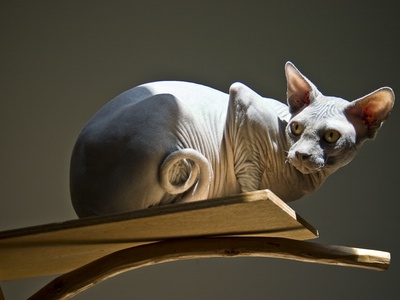
Sphynx
The Sphynx is famous for its hairless, warm skin and striking wrinkles that feel like suede. Sociable and energetic, it needs regular bathing to remove skin oils and is moderately rare with devoted fan communities worldwide.

Peterbald
The Peterbald ranges from bald to a fine velour coat and has a slender, oriental build. Playful and affectionate, it requires skin care similar to other hairless breeds and remains relatively uncommon outside breeder circles.
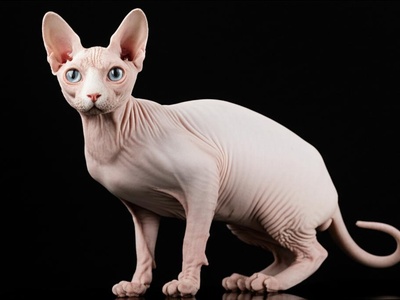
Donskoy
The Donskoy is a distinct Russian hairless breed with a unique dominant hairless mutation and wrinkled skin. Affectionate and sturdy, it needs regular skin cleaning and is uncommon, mostly found with dedicated breeders and enthusiasts.
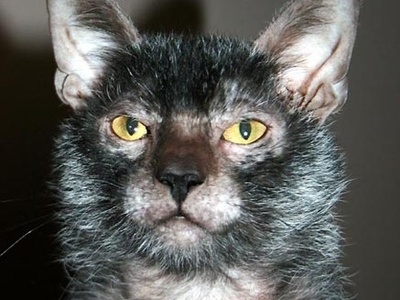
Lykoi
The Lykoi looks like a “werewolf” with patchy hair and a roaned coat from a natural mutation. Active and curious, it sheds seasonally, may need light warmth, and is rare and sought-after for its dramatic appearance.
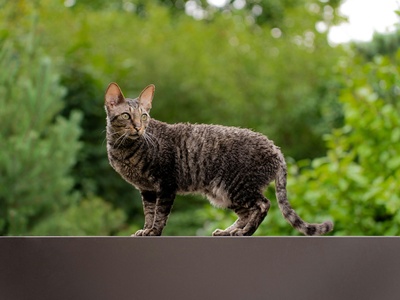
Cornish Rex
Cornish Rex cats have an ultra-fine, wavy coat and a sleek, athletic body. They feel like velvet and enjoy warmth and attention. Their unusual fur is a dominant breed trait, making them popular but not common compared with mainstream breeds.

Devon Rex
The Devon Rex sports a curly, soft coat and oversized ears giving a playful, elfin look. Highly affectionate and active, they prefer companionship and indoor life. They are moderately uncommon and beloved for their quirky personalities.
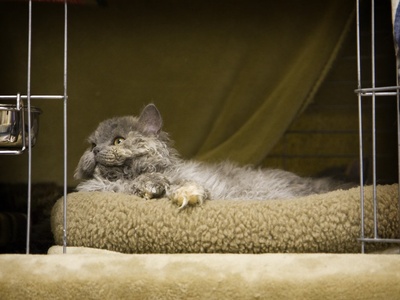
Selkirk Rex
Selkirk Rex cats have a distinctive plush, curly coat that can be long or short. Gentle and tolerant, they adapt well to families but need regular grooming to manage curls. They are relatively rare and appreciated for their teddy-bear appearance.
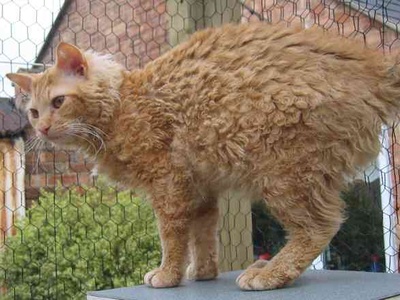
LaPerm
The LaPerm’s soft curly coat ranges from tight ringlets to looser waves, creating a unique textured look. Affectionate and adaptable, they require gentle grooming. They remain uncommon and attract owners who want a distinctive, low-shedding curly cat.
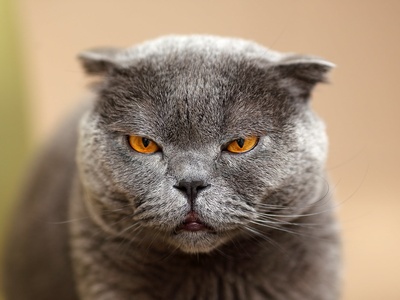
Scottish Fold
Scottish Folds are known for folded ears that create a rounded, owl-like face. Calm and loyal, they enjoy human company. Due to ear-related health concerns from the folding gene, responsible breeding reduces risk; they are popular yet carefully regulated.
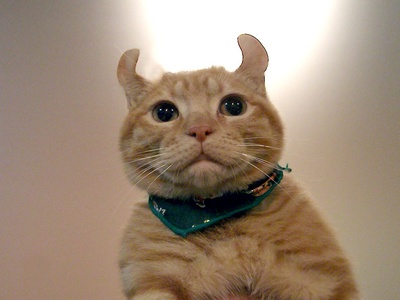
American Curl
The American Curl has signature backward-curling ears and a flexible, affectionate temperament. Ears develop after birth, so kittens look normal initially. Generally healthy and sociable, they are uncommon but steadily gaining popularity among families.

Munchkin
Munchkins have notably short legs with a normal-sized body due to a dominant short-legged gene. Playful and energetic, they can jump and run well but may need monitoring for mobility issues. They are a controversial yet recognizable rare breed.

Manx
The Manx is famed for its tailless or short-tailed phenotype from a dominant mutation, producing a distinctive rounded rump. Confident and playful, they may have associated spinal or bowel risks; responsibly bred Manxes are valued and moderately rare.
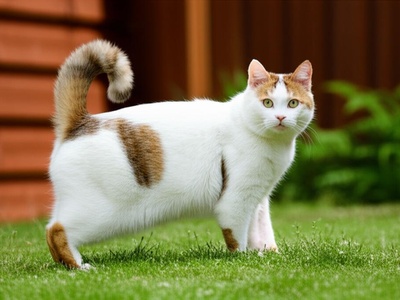
Japanese Bobtail
The Japanese Bobtail features a short, curled “pom-pom” tail and lively, playful personality. Rooted in ancient folklore, it’s not a color variant but a structural breed. Moderately uncommon, it enjoys families and interactive play.

Kurilian Bobtail
Kurilian Bobtails have a distinctive short, layered tail and a muscular build suited to hunting. Independent but affectionate, they’re hardy and rare outside their native region, prized for strong maternal instincts and outdoor aptitude.
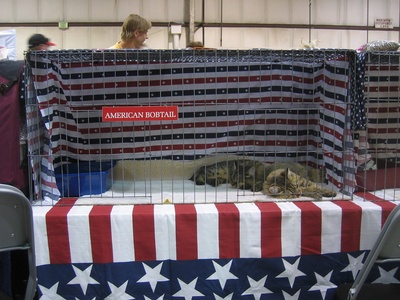
American Bobtail
The American Bobtail has a short tail and a rugged, wild-appearing look while being fully domestic. Adaptable and intelligent, they thrive in active homes. They are uncommon but well-documented with stable temperaments and robust health when responsibly bred.

Pixiebob
Pixiebobs mimic a wild lynx-like appearance with short tails and sometimes extra toes. Initially claimed to have wild ancestry, they are domestic and hardy. Moderately rare, they make sociable pets with a distinctly rustic look.

Bengal
Bengals blend domestic temperament with Asian leopard cat heritage, giving dramatic rosetted or marbled coats and high energy. They require enrichment and experienced ownership. Popular yet selectively bred, true-generation hybrids are more restricted and rarer.
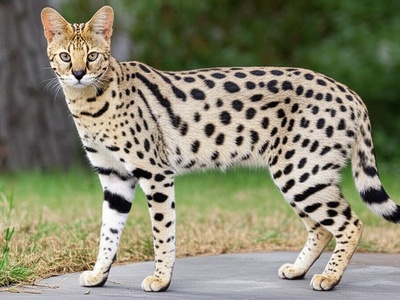
Savannah
Savannahs show serval-like long legs and striking spots from serval hybridization. Very active and often large, early-generation hybrids require experienced owners and sometimes special permits; they are rare, especially high-generation (F1–F3) hybrids.

Chausie
The Chausie descends partly from the jungle cat, producing a long, athletic body and wild look while retaining domestic behavior. Energetic and affectionate when socialized, early-generation animals may be restricted and they remain uncommon compared with mainstream breeds.

Serengeti
Serengetis were bred to mimic serval aesthetics without serval genes, featuring long legs and bold spots. Energetic and playful, they need activity and space. Recognized by some registries, they are relatively rare and prized for dramatic looks.

Ocicat
Ocicats were bred to look wild without wild genetics, displaying bold spots and muscular build. Sociable and vocal, they adapt to active families. Not extremely rare but uncommon, they appeal to owners wanting a wild appearance in a domestic companion.
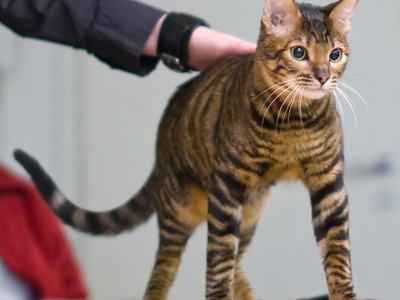
Toyger
Toygers were developed to resemble small tigers with strong vertical striping and a muscular, rounded head. Playful and people-oriented, they need interactive homes. Recognized by major registries, they are uncommon but increasingly popular among enthusiasts.
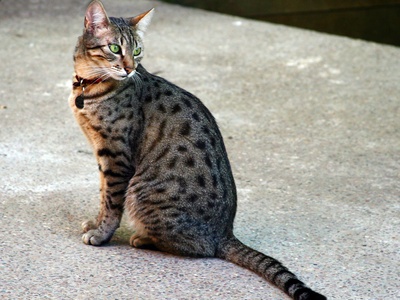
Egyptian Mau
The Egyptian Mau is one of the few naturally spotted domestic breeds, known for speed and an expressive spotted coat. Loyal and slightly reserved, they are moderately rare and prized for their ancient lineage and energetic personality.

Singapura
Singapuras are among the smallest pedigreed cats with big eyes and ears and a ticked coat. Gentle and curious, they prefer indoor life and consistent companionship. They are quite rare internationally and sought after by collectors for their petite charm.

Korat
Korats sport a shimmering silver-blue coat and a heart-shaped facial appearance. Revered in Thai culture, they are naturally intelligent and affectionate. Moderately rare outside Southeast Asia, they are prized for striking eyes and a single-color coat.

Norwegian Forest Cat
The Norwegian Forest Cat has a dense, water-shedding double coat and tufted ears built for cold climates. Friendly and independent, it tolerates outdoor time well. Not rare in Nordic countries but less common elsewhere, it requires seasonal grooming.
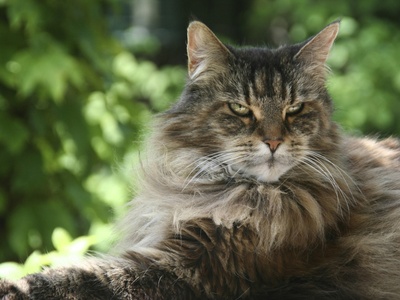
Maine Coon
Maine Coons are large, rugged cats with tufted ears and a bushy tail. Gentle giants with dog-like personalities, they are one of the most popular pedigreed breeds. Common in some countries, they still retain a sense of rarity due to size.
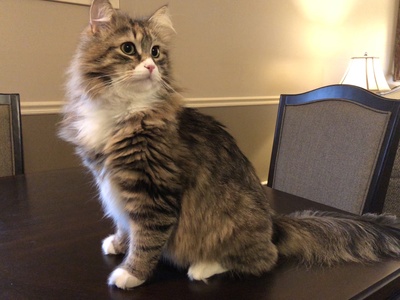
Siberian
Siberians have a dense triple coat and a sturdy, agile body adapted to harsh climates. Affectionate and playful, they are sometimes marketed as hypoallergenic due to lower reported allergen levels. They are uncommon but increasingly popular.
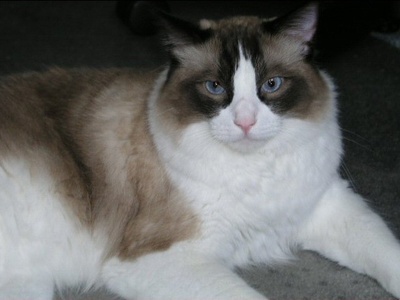
Ragdoll
Ragdolls are large, blue-eyed cats famed for “flopping” relaxed when picked up and their mellow temperament. Easygoing and social, they prefer indoor living and regular grooming. Popular but not common in feral populations, they are widely recognized.

Ragamuffin
Ragamuffins are large, affectionate cats with plush coats and teddy-bear faces. Extremely people-oriented and tolerant, they make calm family pets but require regular grooming. They are uncommon and cherished for their gentle, companionable personalities.
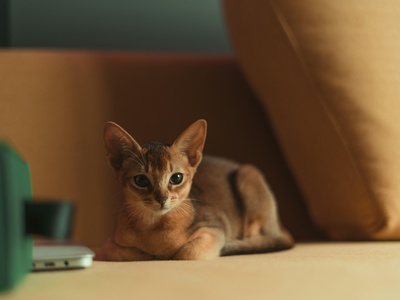
Abyssinian
Abyssinians have a unique ticked coat that creates a lively, glowing appearance and an inquisitive, energetic temperament. They thrive on interaction and play. Moderately rare, they appeal to owners wanting a highly active, intelligent companion.

Somali
Somalis are essentially longhaired Abyssinians with a bushy tail and flowing coat, producing a foxlike silhouette. Intelligent and playful, they need activity and grooming. Relatively uncommon, they attract owners who want Abyssinian energy with a plush coat.
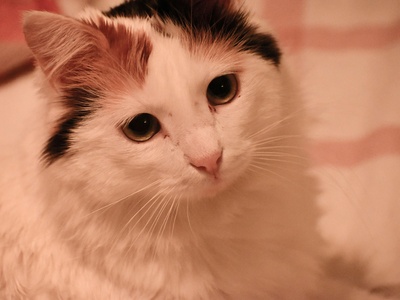
Turkish Van
The Turkish Van is notable for an affinity for water and its characteristic “van” patterning concentrated on head and tail. Muscular and active, it enjoys play and swimming. Rare internationally, it requires grooming and active enrichment.

Ojos Azules
Ojos Azules carried a striking blue-eye mutation across coat colors. The trait was unique but linked to breeding challenges, causing the breed to become nearly extinct. Historically fascinating, surviving examples are exceedingly rare or absent.

Sokoke
The Sokoke originates from Kenya with a distinctive blotched-marble pattern resembling tree bark. Rustic and agile, it remains rare outside East Africa and is prized for its wild-looking coat and natural, athletic demeanor.
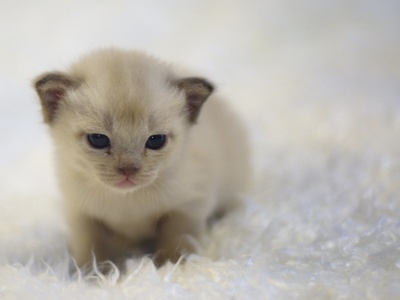
Burmese
The Burmese is known for a rounded head, expressive eyes, and a deeply affectionate, people-focused nature. Generally healthy and social, it is neither extremely rare nor overly common, prized for strong bonds with owners and a playful demeanor.
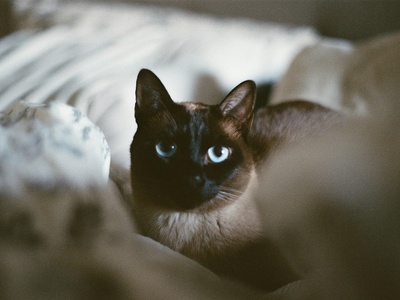
Tonkinese
Tonkinese were developed by crossing Burmese and Siamese, combining a social, playful temperament and a silky mink coat. They are outgoing and do best with people or other pets. Moderately uncommon, they appeal to families wanting affectionate, active cats.
